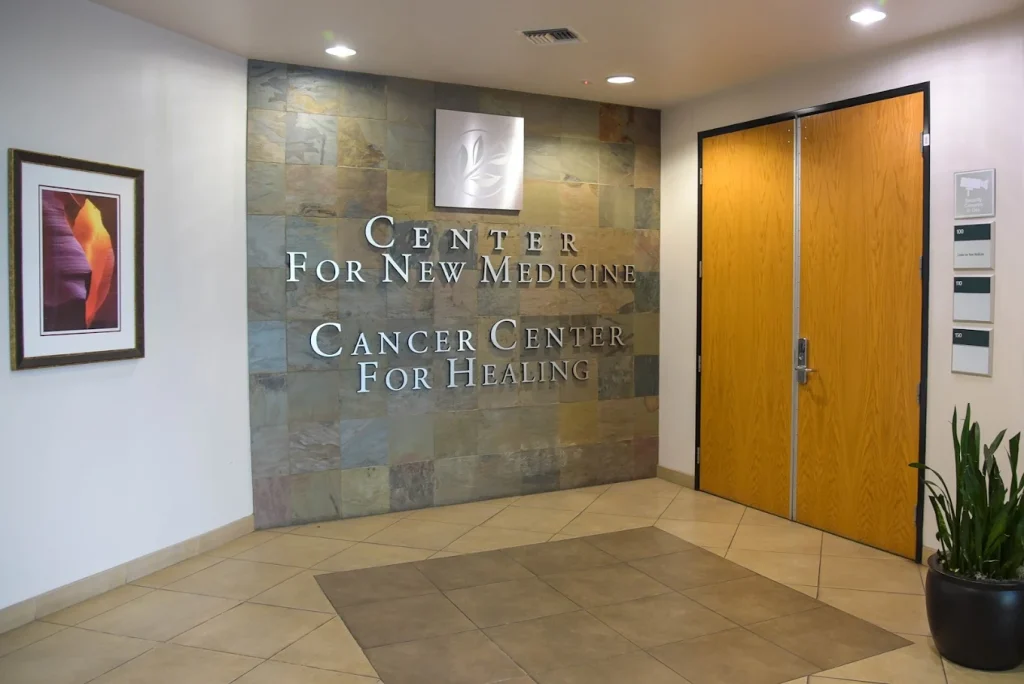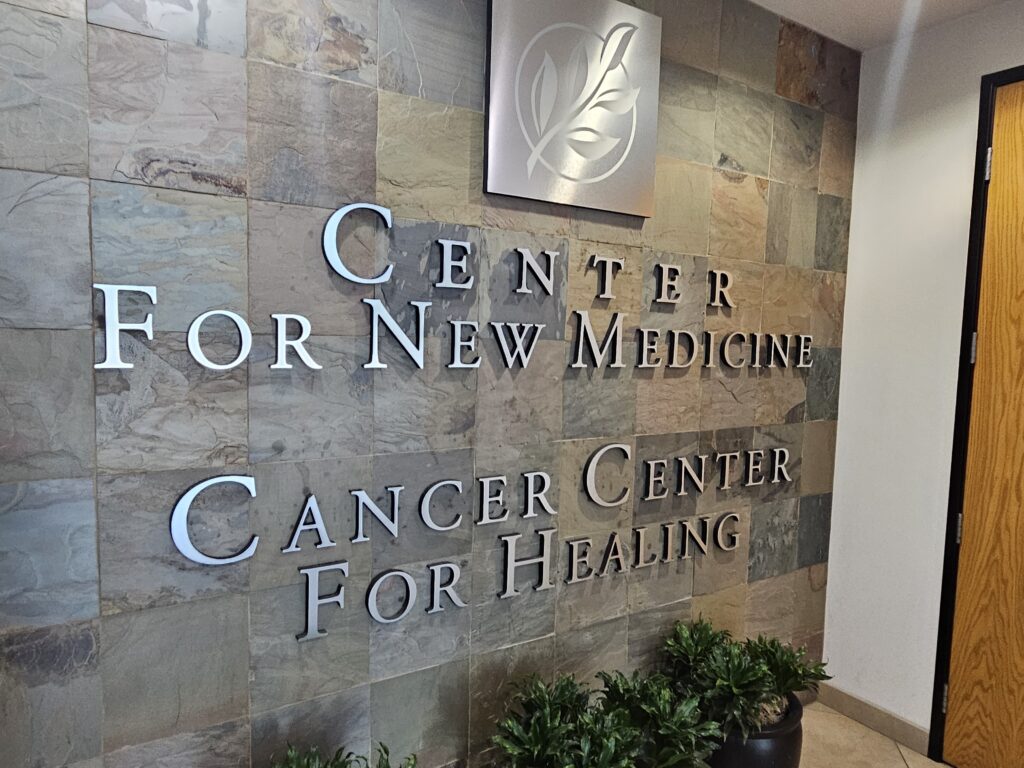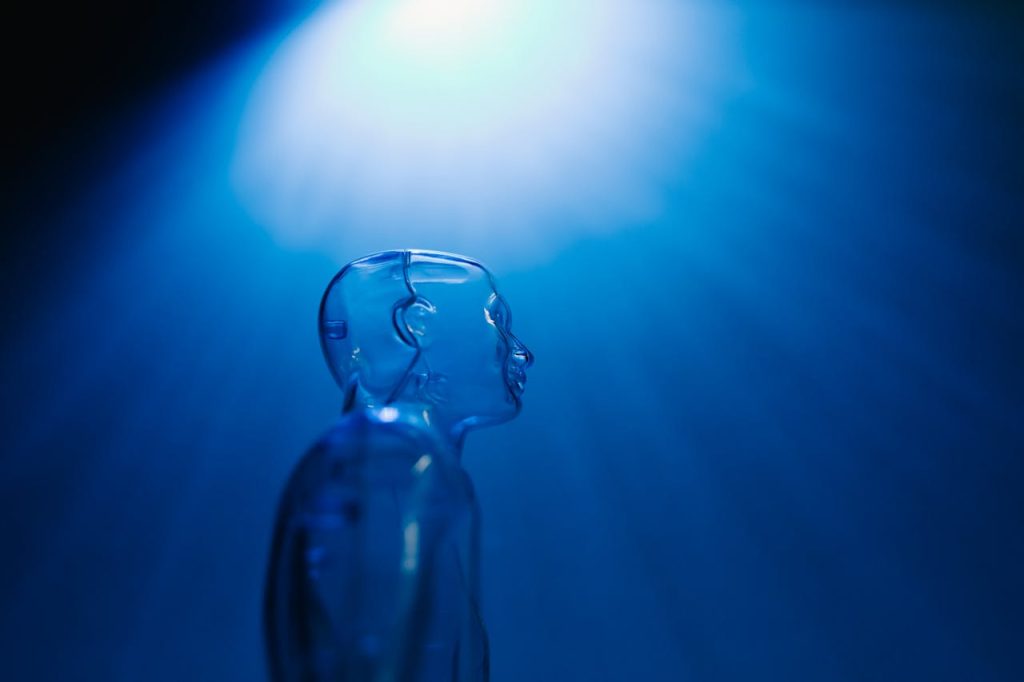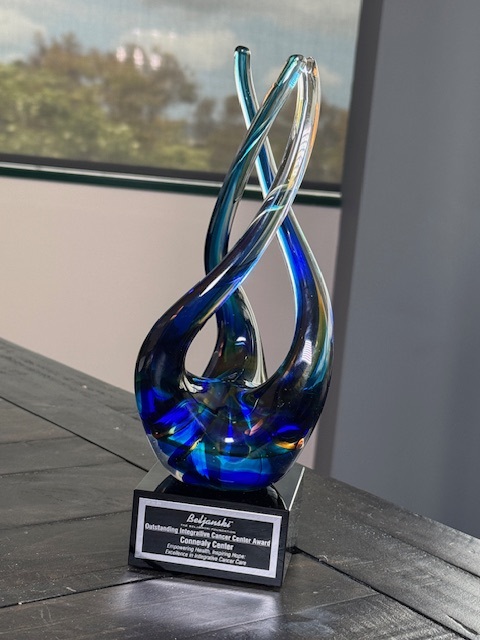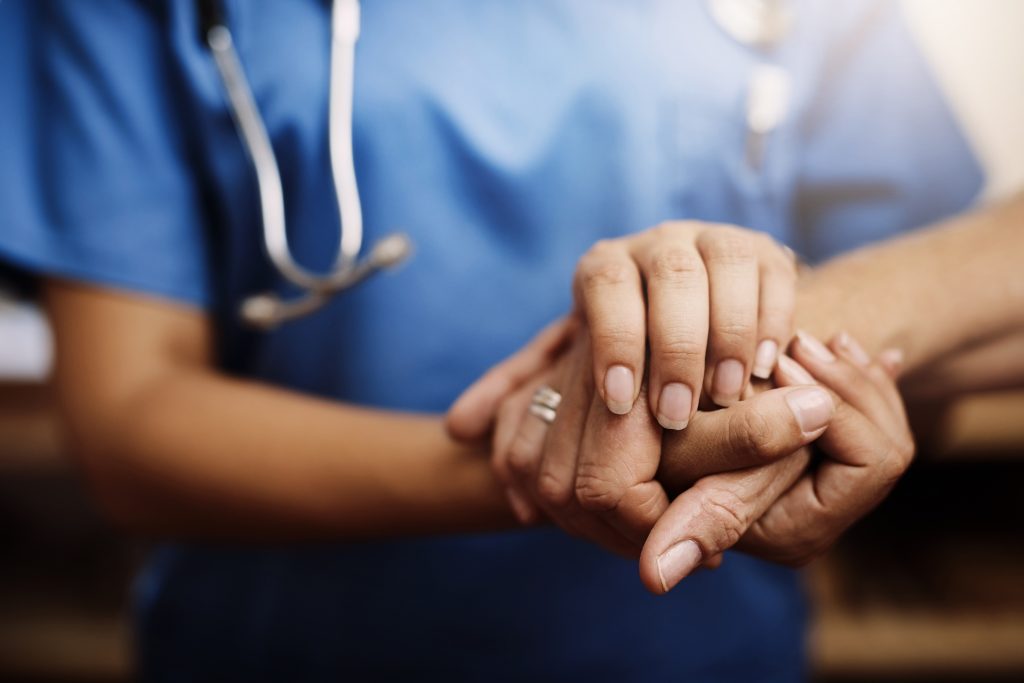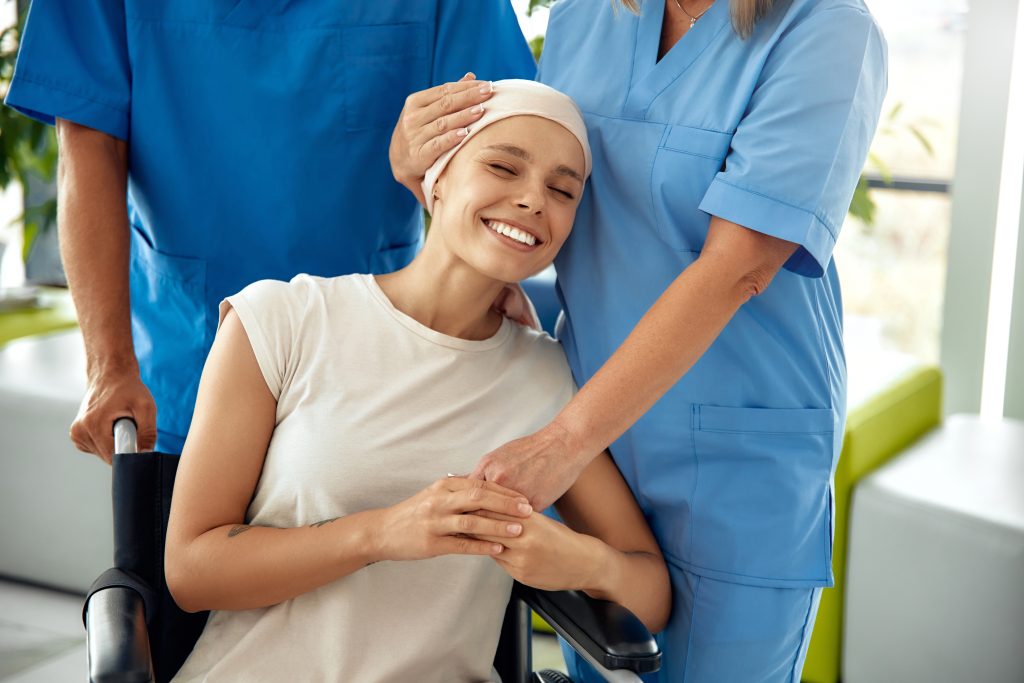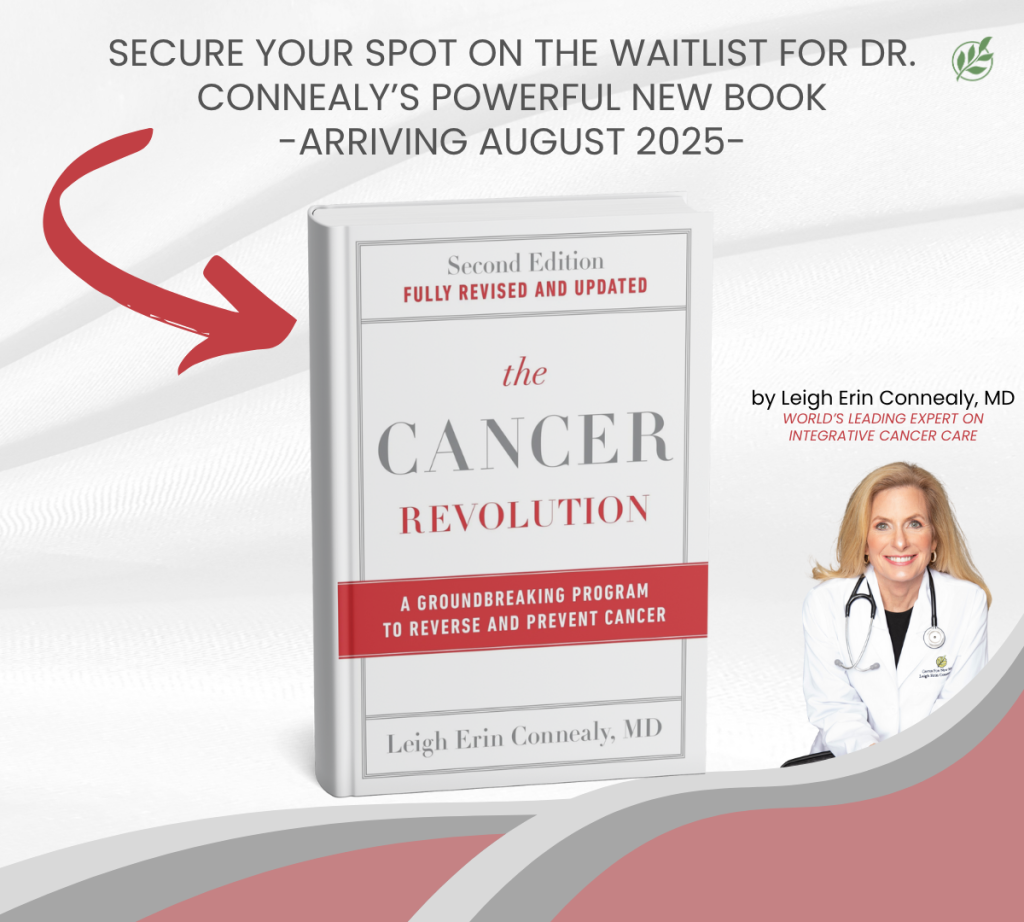Early stage leukemia rashes can be a crucial indicator of the disease and, if recognized in time, can lead to early diagnosis and better outcomes. These rashes may occur anywhere on the body and may look like small red dots or a patchy rash.
As the early symptoms of leukemia can be similar to those of other illnesses, it is essential to identify them in the initial phase. This article will provide an overview of early stage leukemia and focus on the specific symptoms of early stage leukemia rashes.
Key Takeaways:
- Early stage leukemia rashes can be a significant early indication of the disease.
- Identifying symptoms in the initial phase can lead to early diagnosis and better outcomes.
- Rashes may appear anywhere on the body and look like small red dots or a patchy rash.
Understanding Early Stage Leukemia
Leukemia is a type of cancer that affects the blood and bone marrow, and begins in the cells that produce white blood cells. The condition is divided into four main categories, including acute myeloid leukemia (AML), acute lymphoblastic leukemia (ALL), chronic myeloid leukemia (CML), and chronic lymphocytic leukemia (CLL). The initial stages of leukemia often present with subtle symptoms, which can include fatigue, weakness, and fever. However, the presence of rashes on the skin can often be an early indication of leukemia.
While the exact cause of leukemia is unknown, it is believed to be linked to genetic mutations that occur during the formation and maturation of blood cells. Risk factors that can increase the likelihood of developing leukemia include exposure to radiation, certain chemicals like benzene, and previous chemotherapy or radiation therapy.
Early diagnosis is crucial for successful treatment of leukemia. Various tests can be conducted to diagnose leukemia, including blood tests, bone marrow biopsy, and imaging tests like CT scan and MRI. Treatment options for leukemia include chemotherapy, radiation therapy, and stem cell transplantation. The choice of treatment largely depends on the type and stage of leukemia, as well as the patient’s age and overall health condition.
Recognizing Early Stage Leukemia Rashes
Leukemia is a type of cancer that affects the blood and bone marrow, and it can present itself with various symptoms, including rashes. Early stage leukemia rashes may not be noticeable to the untrained eye, making it essential to recognize the specific symptoms to enable early diagnosis and treatment.
Early stage leukemia rashes can present as small, flat red spots or as small red or purple dots. They may appear on the skin of the face, neck, chest, arms, and legs. In some cases, these rashes may look like bruises, and they can appear alone or in clusters.
The rashes associated with early stage leukemia do not typically itch or cause any discomfort, and they may be mistaken as a skin allergy or a simple rash. However, it is crucial to observe any new skin changes or rashes, especially if they persist for more than two weeks.
If someone suspects they or a loved one may have early stage leukemia rashes, they should schedule a medical consultation promptly. A physician or dermatologist can examine the rash and perform the necessary diagnostic tests, including blood work and bone marrow biopsy, to determine a diagnosis.
Seeking Medical Attention
If early stage leukemia rashes are suspected, it is crucial to seek medical attention promptly. A healthcare professional can perform a thorough diagnosis to determine if the rash is related to leukemia or another condition.
It is recommended to schedule an appointment with a doctor or specialist experienced in diagnosing and treating leukemia. The healthcare professional will ask questions about the patient’s medical history, perform a physical examination, and possibly order blood tests or a biopsy of the rash.
Early detection and treatment can greatly improve the prognosis for individuals with leukemia. If left untreated, leukemia can progress and cause complications throughout the body, including the skin, blood, and organs.
Treatment Options for Early Stage Leukemia Rashes
Once early stage leukemia rashes have been diagnosed, treatment options can be explored. The most common treatment for leukemia is chemotherapy, which uses drugs to kill cancer cells. Radiation therapy can also be used to destroy cancer cells and may be used in combination with chemotherapy.
However, at the Cancer Center for Healing, a more integrative approach is taken. The center’s holistic treatment modalities include everything from acupuncture and nutritional counseling to mind-body techniques. These alternative therapies are designed to support the body’s natural healing abilities and promote overall well-being.
Dr. Leigh Erin Connealy, the medical director of the Cancer Center for Healing, believes that a comprehensive approach to cancer care is essential. By addressing the whole person, rather than just the disease, patients can experience significant benefits in terms of their physical and emotional health.
The Cancer Center for Healing: A Comprehensive Approach to Cancer Care
The Cancer Center for Healing, located in Irvine, CA, is dedicated to providing patients with a holistic and comprehensive approach to cancer care. Under the guidance of Dr. Leigh Erin Connealy, the center offers a vast array of integrative therapies designed to support patients’ physical, emotional, and spiritual wellbeing.
At the Cancer Center for Healing, patients receive personalized treatment plans that are tailored to their specific needs. The center’s team of experts works together to create a multidisciplinary approach that addresses all aspects of a patient’s health, including nutrition, lifestyle, and mental health.
| Integrative Therapies Offered: |
|---|
| Acupuncture |
| Nutritional Counseling |
| IV Nutrient Therapy |
| Mind-Body Techniques |
| Fitness Programs |
| Chiropractic Care |
| Massage Therapy |
| Hyperbaric Oxygen Therapy |
The center also offers cutting-edge technology, such as hyperbaric oxygen therapy and innovative cancer treatments like photodynamic therapy, which can enhance the efficacy of traditional treatments.
Dr. Leigh Erin Connealy, the founder and medical director of the Cancer Center for Healing, is a renowned integrative medicine expert who has been practicing for over three decades. She is a frequent speaker at international conferences and the author of several books, including “The Cancer Revolution: A Groundbreaking Program to Reverse and Prevent Cancer.”
Patients seeking personalized, compassionate, and holistic cancer care can call (949) 680-1880 to schedule a consultation at the Cancer Center for Healing.
Holistic Treatment Modalities at the Cancer Center for Healing
At the Cancer Center for Healing, patients have access to a range of integrative therapies to complement traditional medical treatments for leukemia. These holistic treatment modalities are designed to promote healing of the whole person, including the physical, emotional, and spiritual aspects of health.
One such therapy offered at the center is acupuncture, which involves the insertion of fine needles into specific points on the body to stimulate natural healing processes and alleviate pain. Nutritional counseling is also available to patients, as a healthy diet is essential to support the immune system and optimize treatment outcomes.
Another important component of holistic care is addressing the mind-body connection. The Cancer Center for Healing provides mind-body techniques such as meditation, guided imagery, and yoga to help patients reduce stress, anxiety, and depression, which can improve overall well-being and quality of life.
Dr. Leigh Erin Connealy and her team of experienced healthcare professionals also offer other integrative therapies, including ozone therapy, intravenous vitamin and mineral infusions, and hyperbaric oxygen therapy, to support the body’s natural healing processes and enhance the effectiveness of conventional medical treatments.
Holistic Treatment Modalities at the Cancer Center for Healing:
| Therapy | Description |
|---|---|
| Acupuncture | Traditional Chinese medicine technique that involves the insertion of fine needles into specific points on the body to stimulate natural healing processes and alleviate pain. |
| Nutritional counseling | Supports a healthy diet to optimize treatment outcomes and strengthen the immune system. |
| Mind-body techniques | Includes meditation, guided imagery, and yoga to improve overall well-being and quality of life. |
| Integrative therapies | Includes ozone therapy, intravenous vitamin and mineral infusions, and hyperbaric oxygen therapy to support the body’s natural healing processes and enhance the effectiveness of conventional medical treatments. |
Schedule a Consultation at the Cancer Center for Healing
If you or a loved one is experiencing early stage leukemia rashes or other symptoms of leukemia, it is crucial to seek medical attention as soon as possible. The Cancer Center for Healing in Irvine, CA offers personalized cancer care utilizing a comprehensive, holistic approach.
Led by Dr. Leigh Erin Connealy, the center focuses on combining traditional medical treatments with integrative therapies to enhance the body’s natural healing abilities.
To schedule a consultation with a member of the Cancer Center for Healing team, call (949) 680-1880. You will receive personalized care that addresses your individual needs, goals, and concerns.
Early Stage Leukemia Rash Pictures
Visual representation can be helpful in identifying early stage leukemia rashes. While the rashes can vary in appearance and location, they may share some common characteristics. The following pictures show different examples of early stage leukemia rashes:
| Rash Appearance | Rash Location |
|---|---|
 |
Arms and Chest |
 |
Legs and Stomach |
 |
Back and Shoulders |
If you notice any unusual rashes or spots on your skin, it’s important to consult with a healthcare professional. Early detection and prompt treatment can make a significant difference in the outcome of leukemia.
Preventing Early Stage Leukemia Rashes
While there is no foolproof way to prevent early stage leukemia rashes, individuals can take certain measures to reduce their risk. Some preventive steps include:
- Avoiding exposure to harmful chemicals or substances in the environment
- Maintaining a healthy lifestyle with balanced nutrition, regular exercise, and adequate sleep
- Getting regular check-ups and medical screenings to detect any health issues early on
- Avoiding excessive exposure to radiation or undergoing radiation therapy only when medically necessary
It’s important to note that these measures cannot guarantee prevention, but they can help reduce the risk of developing early stage leukemia rashes.
Complications of Early Stage Leukemia Rashes
While early detection and treatment of leukemia rashes are crucial, delaying treatment can potentially lead to complications. One of the most significant complications associated with early stage leukemia rashes is skin damage, which can occur due to intense scratching or irritation.
Individuals with leukemia are also at an increased risk of infections, as their immune system may be compromised. Leukemia rashes can provide an easy entry point for bacteria or fungi, which can cause infections. These infections can be severe and may require hospitalization.
Moreover, it is essential to remember that early stage leukemia rashes are a symptom of cancer. Left untreated, leukemia can spread to other parts of the body and affect vital organs like the liver and lungs, leading to more severe complications.
Understanding Early Stage Leukemia Rash Risk Factors
Early stage leukemia rashes can develop due to a combination of factors. While the exact cause of leukemia is unknown, certain risk factors increase the likelihood of developing the disease. Understanding these risk factors can help individuals take preventive measures and seek early treatment.
| Factor | Description |
|---|---|
| Genetics | A family history of leukemia increases the risk of developing the disease. |
| Exposure to chemicals | Exposure to certain chemicals such as benzene, pesticides, or tobacco smoke can increase the risk of developing leukemia. |
| Previous radiation therapy | Individuals who have undergone radiation therapy in the past may have an increased risk of developing leukemia, especially if the therapy was for another cancer. |
| Pre-existing blood disorders | Individuals with certain blood disorders, such as myelodysplastic syndrome, are at an increased risk of developing leukemia. |
It is important to note that having one or more of these risk factors does not necessarily mean that an individual will develop leukemia. Conversely, some individuals with leukemia may not have any of these risk factors. If you suspect you may have early stage leukemia rashes, it is important to consult a healthcare professional for an accurate diagnosis and personalized treatment plan.
Exploring Other Leukemia Symptoms
While early stage leukemia rashes can be a significant indicator of the disease, other symptoms may also be present. These symptoms can vary depending on the type of leukemia and may develop over time.
Common symptoms of leukemia include:
- Fever or chills
- Fatigue or weakness
- Easy bruising or bleeding
- Enlarged lymph nodes, liver or spleen
- Recurrent infections
- Bone pain or tenderness
- Shortness of breath
If you are experiencing any of these symptoms, it is essential to seek medical attention right away to receive prompt and effective treatment. A healthcare professional can provide a diagnosis and recommend a course of action based on your individual needs.
Treatment Options for Leukemia
Once a diagnosis of leukemia has been confirmed, treatment will depend on the specific type of leukemia, its stage, and the individual’s overall health. In general, treatment for leukemia beyond the early stage typically involves chemotherapy, radiation therapy, and stem cell transplantation.
Chemotherapy involves the use of drugs to kill cancer cells, while radiation therapy uses high-energy beams to destroy cancer cells. Stem cell transplantation, also known as a bone marrow transplant, replaces damaged or destroyed bone marrow with healthy cells from a donor.
The specific treatment plan and length of treatment will vary based on individual factors, such as age, overall health, and the response to treatment. It is important to note that treatment for leukemia can be lengthy and challenging, but the goal is always to achieve remission and improve the individual’s quality of life.
Supportive Care for Leukemia Patients
Managing leukemia can be challenging and often requires a multidisciplinary approach. Supportive care is an essential component of leukemia treatment, providing patients with the tools and resources to manage side effects, cope with emotional distress, and improve their overall well-being.
Patients may experience a range of side effects during leukemia treatment, including nausea, fatigue, and pain. Supportive care includes measures such as medication, physical therapy, and nutritional counseling, designed to manage these symptoms and improve quality of life.
Emotional support is also a critical component of supportive care, helping patients and their families cope with the stress and anxiety of a leukemia diagnosis. Support groups, counseling services, and other mental health resources can provide much-needed guidance and support during this difficult time.
A multidisciplinary care team is an important part of supportive care, working together to develop an individualized treatment plan that addresses the unique needs and preferences of each patient. This team may include a hematologist/oncologist, nurse practitioner, social worker, and other healthcare professionals with specialized expertise in leukemia care.
At the Cancer Center for Healing, patients have access to a range of supportive care services designed to enhance their overall well-being. These services may include acupuncture, massage therapy, and mind-body techniques, which can help patients manage stress, improve sleep, and promote relaxation.
Conclusion
Early detection and timely treatment are crucial for individuals with early stage leukemia rashes. Recognizing the symptoms and seeking medical attention promptly can make a significant difference in the outcome of the disease. The Cancer Center for Healing in Irvine, CA, offers comprehensive and integrative cancer care that focuses on the whole person, not just the disease.
Dr. Leigh Erin Connealy and her team of healthcare professionals provide personalized treatment options that combine traditional medical therapies with holistic approaches. They offer various integrative therapies like acupuncture, nutritional counseling, and mind-body techniques to help manage symptoms and improve overall well-being.
If you suspect you or a loved one has early stage leukemia rashes, do not hesitate to schedule a consultation with the Cancer Center for Healing. Contact them at (949) 680-1880 for more information on their services and to begin your journey towards a healthier life.
FAQ
Q: What are the symptoms of early stage leukemia rashes?
A: Early stage leukemia rashes can present with various characteristics, including red or purple spots on the skin, petechiae (tiny red or purple dots), or a rash that resembles eczema. These rashes may appear on the arms, legs, chest, or other parts of the body.
Q: How can I recognize early stage leukemia rashes?
A: Early stage leukemia rashes can be identified by their appearance, location, and characteristics. If you notice unexplained skin changes or persistent rashes, especially in combination with other leukemia symptoms, it is important to consult a healthcare professional for further evaluation.
Q: When should I seek medical attention if I suspect early stage leukemia rashes?
A: If you suspect early stage leukemia rashes, it is recommended to seek medical attention promptly. Contact a healthcare professional if you experience persistent rashes, unexplained bruising, fatigue, recurring infections, or any other symptoms associated with leukemia.
Q: What are the treatment options for early stage leukemia rashes?
A: Treatment options for early stage leukemia rashes may include traditional medical treatments such as chemotherapy or targeted therapy. Additionally, holistic approaches, like those offered at the Cancer Center for Healing, in Irvine, CA, may be considered as part of a comprehensive treatment plan.
Q: How can I schedule a consultation at the Cancer Center for Healing?
A: To schedule a consultation at the Cancer Center for Healing, please call (949) 680-1880. Our team will be happy to assist you and provide personalized cancer care options.
Q: Are there any preventive measures to reduce the risk of developing early stage leukemia rashes?
A: While it may not be possible to prevent early stage leukemia rashes specifically, adopting a healthy lifestyle and avoiding known risk factors like exposure to certain chemicals or radiation therapy can help reduce the overall risk of developing leukemia.
Q: What are the potential complications of early stage leukemia rashes?
A: Early stage leukemia rashes can lead to complications such as skin damage, infection, or bleeding. It is important to seek prompt medical treatment to prevent or manage these complications effectively.
Q: Can you provide pictures of early stage leukemia rashes?
A: Unfortunately, we are unable to provide pictures in this text-based format. However, it is recommended to consult a healthcare professional or refer to reputable medical resources for visual representations of early stage leukemia rashes.
Q: What are the risk factors associated with early stage leukemia rashes?
A: Risk factors for early stage leukemia rashes include genetic predisposition, exposure to certain chemicals, or a history of radiation therapy. It is important to discuss any potential risk factors with a healthcare professional.
Q: What are other common symptoms of leukemia besides rashes?
A: In addition to rashes, leukemia can present with symptoms such as fatigue, unexplained weight loss, frequent infections, easy bleeding or bruising, swollen lymph nodes, and bone pain. Consult a healthcare professional for a comprehensive understanding of leukemia symptoms.
Q: What treatment options are available for leukemia beyond the early stage?
A: Treatment options for leukemia beyond the early stage may include chemotherapy, radiation therapy, targeted therapy, immunotherapy, or stem cell transplantation. The best treatment approach will depend on the specific type and stage of leukemia.
Q: How important is supportive care for individuals with leukemia?
A: Supportive care is crucial for individuals with leukemia. It involves managing side effects of treatment, providing emotional support, and coordinating care through a multidisciplinary team. This holistic approach helps optimize the overall well-being and quality of life of leukemia patients.


